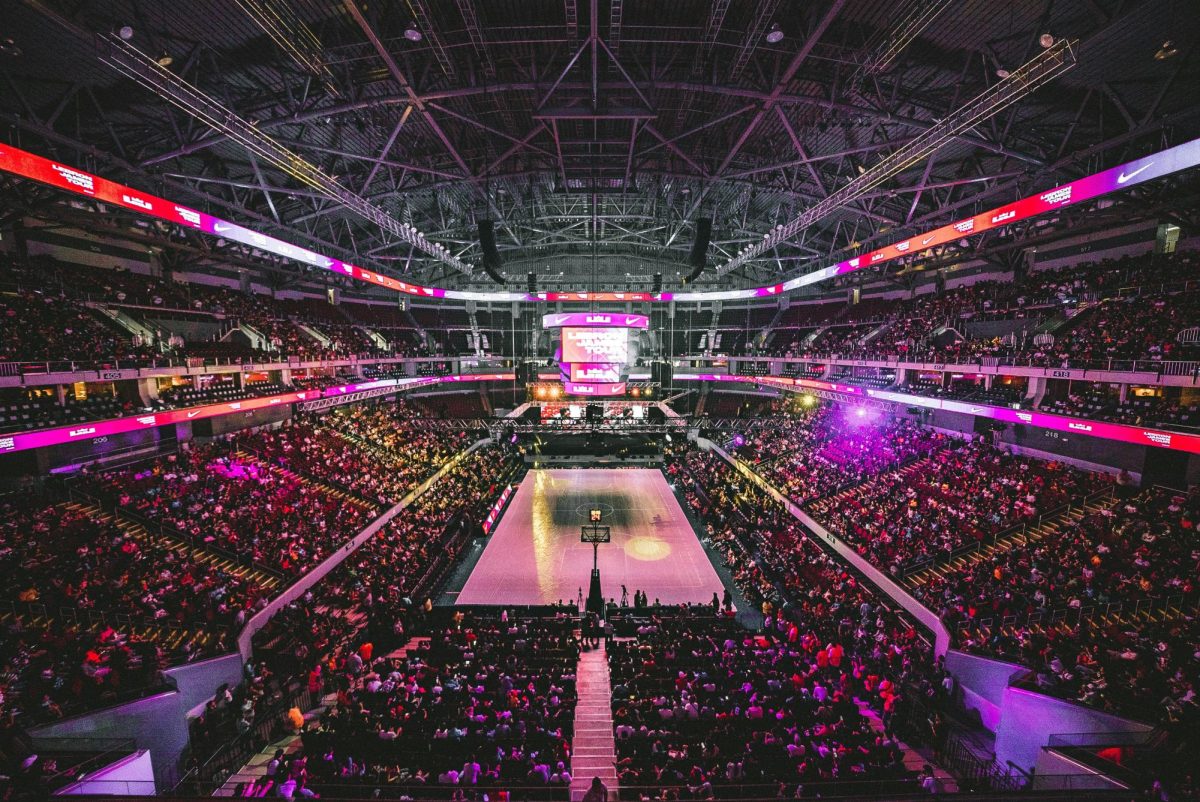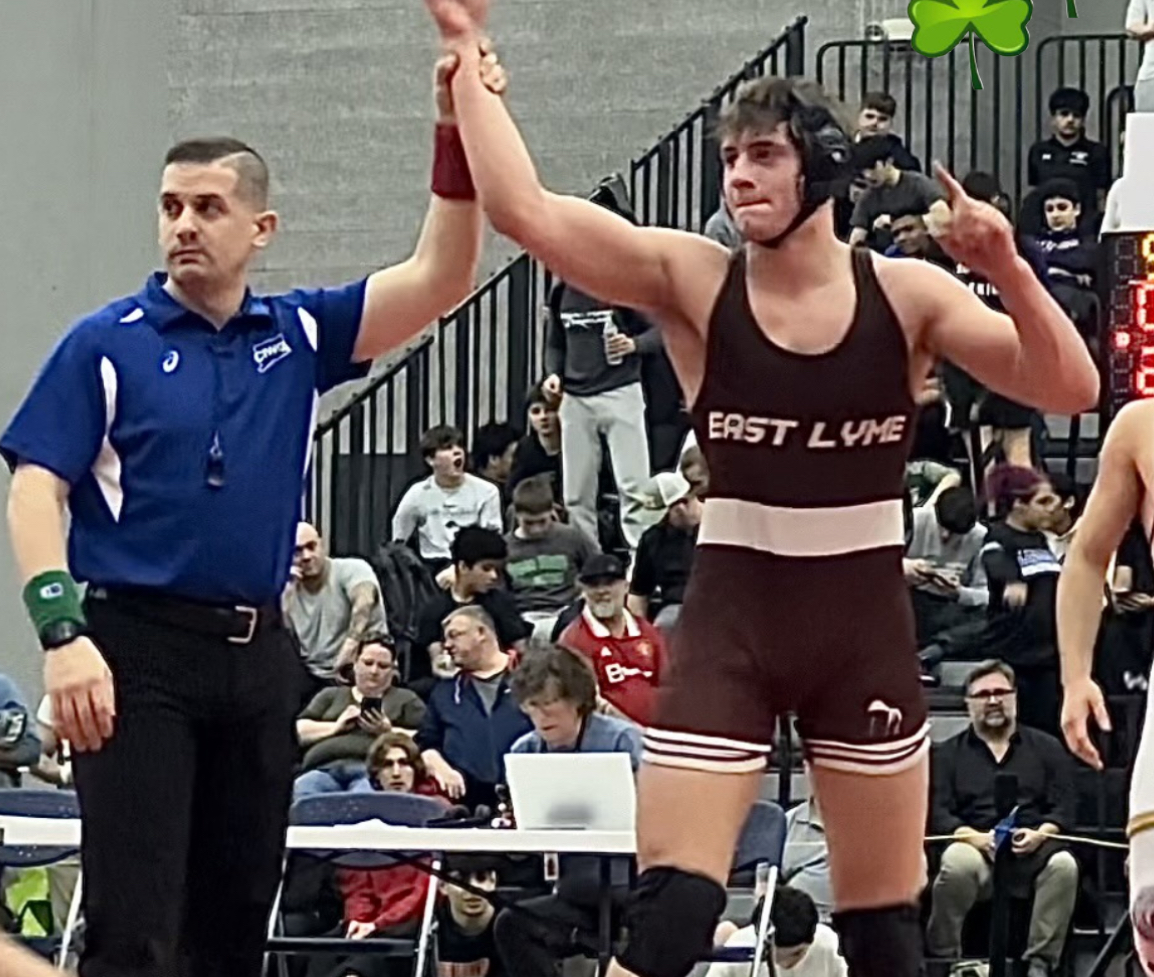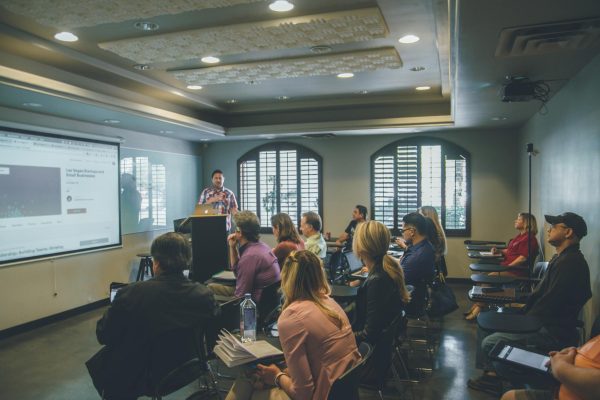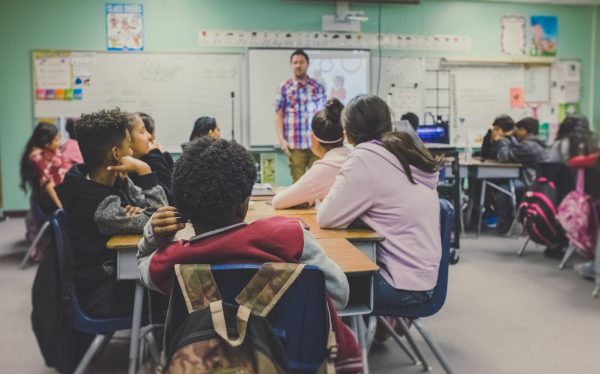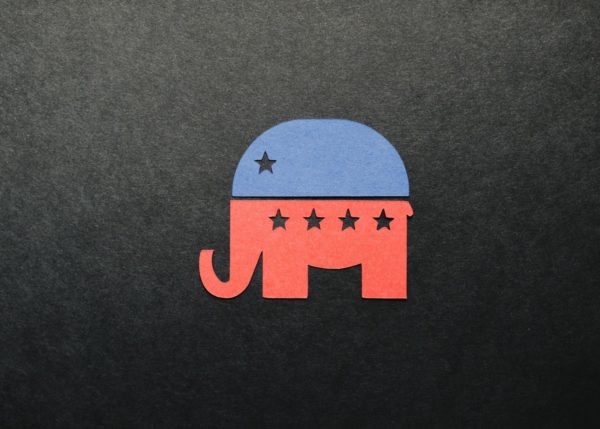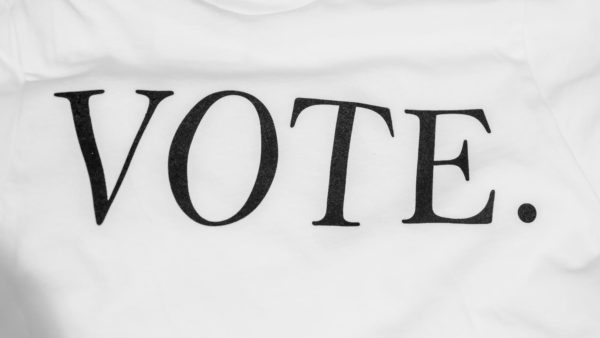Identifying Parasocial Relationships
January 11, 2022
Social media feeds pseudo-interactions
Opinion Of: NOELLE AVENA
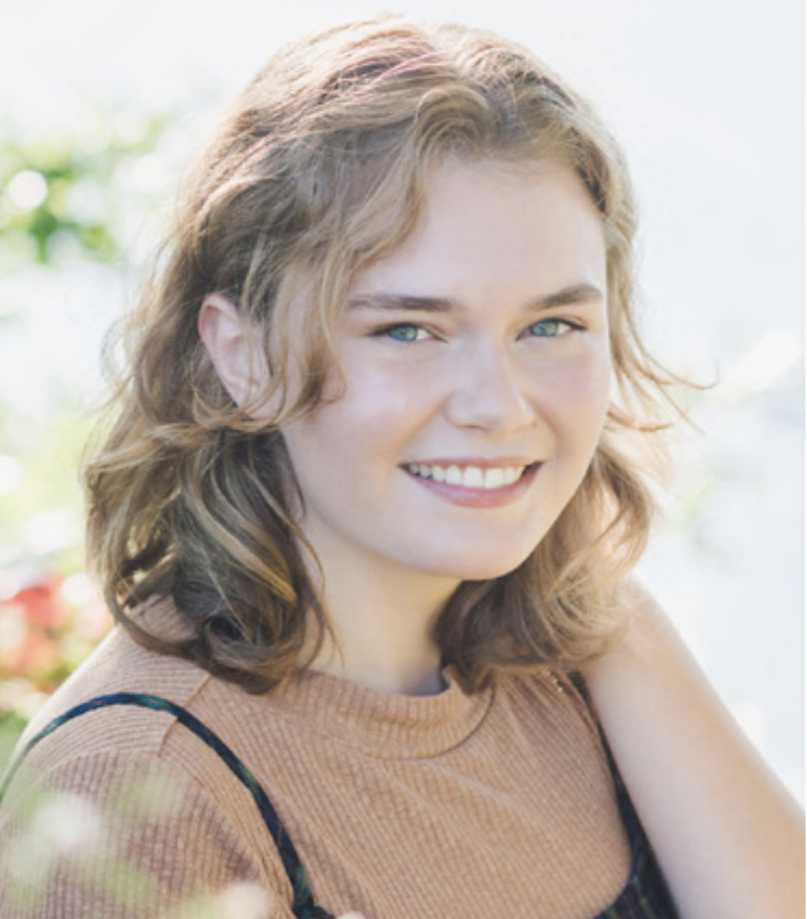
Parasocial interaction is an illusionary experience between the audience and a persona- an influencer, talk show host, character, podcast creator, or celebrity. These interactions become parasocial relationships when the repeated exposure creates a sense of friendship (a relationship) between the persona and the watcher. The viewer gets to know the persona and view them as a friend, despite having limited to no real interactions with them.
Although media connection has allowed for a free flow of information that no other generation has experienced, it can develop into a new form of addiction whose long-term effects are still unknown. Those experiencing loneliness and low-self esteem, especially overworked teens who have less time to dedicate to seeing people in person during the pandemic, use media consumption as a way to fulfill their social needs without leaving the privacy of their device. Parasocial relationships have no demands, unlike real relationships which often require spending time, money, and emotional energy to keep that person in your life.
This is why parasocial relationships can feel like a complete positive to the observer: there’s absolutely no demand of them to be able to reap the benefits of having a best friend. These relationships can become quite important and even central to a person’s life, especially in teenagers.
Plenty of people turn on a podcast for the same reason people leave their TV on all day: to mimic the environment of a chatty living room or a cheerful conversation. People love and need to hear and see other people.
Celebrities are no new concept. Our parents and grandparents had their favorite stars, but for Gen Z, this takes on a completely new life. On TikTok, anyone with an account has the ability to become a celebrity that those on the other side can shower with love or hate as they see fit.
Being an influencer went from an outlandish dream to a fairly achievable career in the last couple of years, as pretty much anyone can achieve 30-40,000 followers if they follow the right formula. This formula includes posting frequently, following trends, and marketing themselves as a “best friend” to their audience. There are blogs and channels dedicated to decoding this algorithm, which teaches how to accelerate, if not program, fame. Sometimes, in a small creator’s bio, they’ll write something along the lines of, “if you follow me, you’re my best friend.”
It’s an open-faced, obvious manipulation, but it’s also a career path of sorts. The more candid and open a creator is, especially with their mental health, struggles, and “real” life, the easier it is for their content to go from an entertainment outlet to a hotspot for those seeking out comfort and safe spaces online. It can create a kinship and even a community, which many can cite as a positive good in their life.
In some ways, parasocial relationships have allowed people to connect with those they would never reach otherwise. Any teenager can go on TikTok and see people their age from every corner of the world sharing what they care about. Teenagers today know more about others their age than any other generation was capable of. A teenager in the 80s may have connected with under 100 peers by the time they graduate high school. Today, the average user spends 52 minutes on TikTok a day. If each video they see is about a minute long, that’s around 18,200 new parasocial interactions per year, not even counting YouTube and Instagram influencers.
Live video streams, constant story updates, and even virtual reality bring a fan’s favorite celebrities closer and closer into their real lives. With better technology comes more ways for creators to strengthen the profitable parasocial relationship they cultivate with their audience. The existence of these relationships discourages and hurts the time teens might otherwise spend seeking out reciprocal relationships and preparing for adult life. As the oldest members of Gen Z are currently at the age to be just graduating college, the true extent of the effects of a life oversaturated with parasocial relationships has yet to be realized. A prediction that this generation may carry a dependency on media consumption for social fulfillment far into adulthood is plausible if their social media habits are left unchecked.
